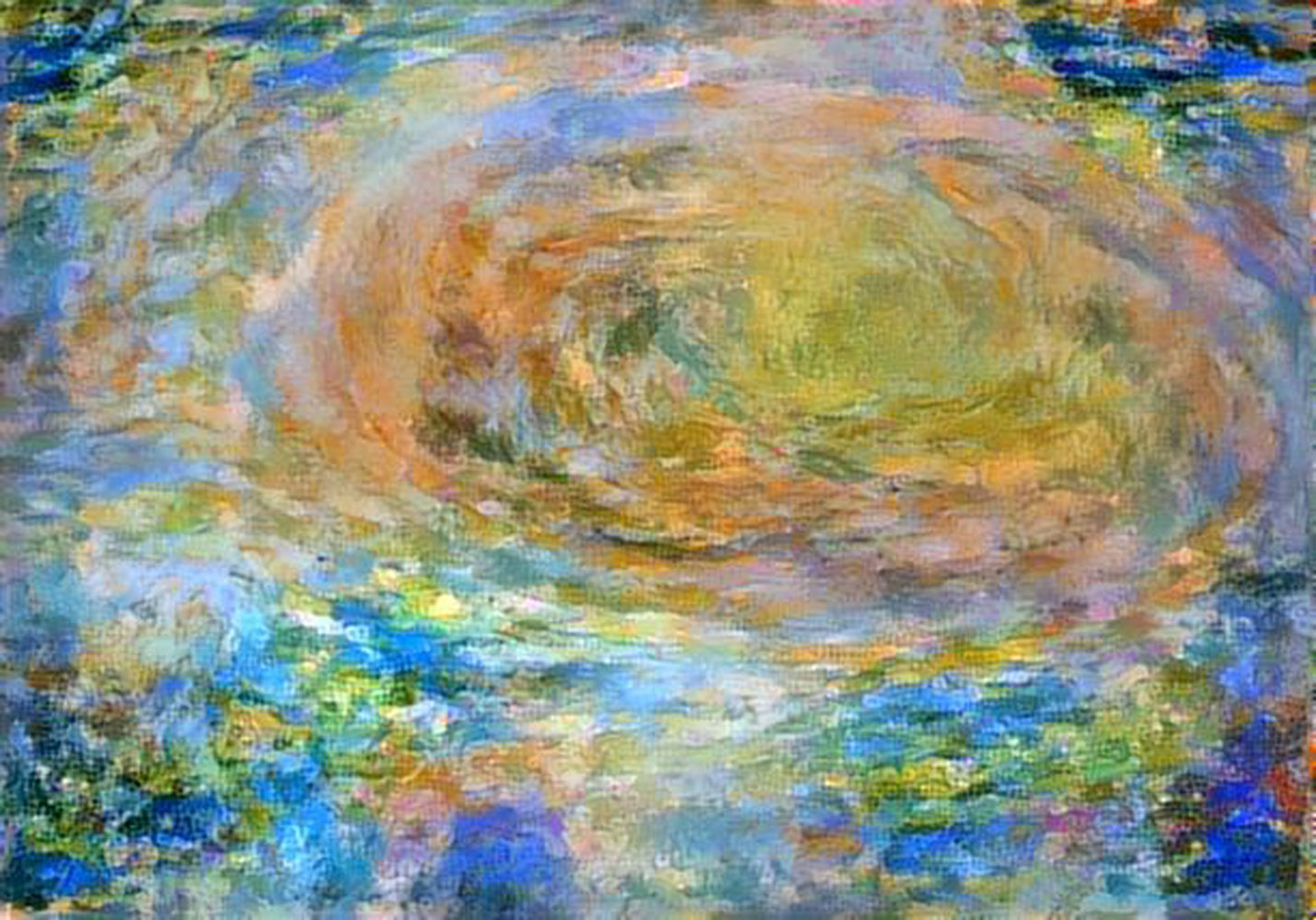NASA Juno Probe Makes 7th Close Flyby of Jupiter

NASA's Juno mission at Jupiter began its seventh close science flyby of the Jovian giant Friday (Sept. 1).
The Juno probe is in an orbit around Jupiter that brings it between the planet's cloud tops and a belt of harsh radiation that encircles the planet. Flying through the radiation belt would destroy the probe's electronics. To maintain this orbit, the probe must swing far out beyond the planet, and dip inside the radiation belt every 53 days. (This is the probe's 8th total flyby of Jupiter; the first one was done without the science instruments turned on.) [Amazing Jupiter Photos by Juno]
During its close passes by Jupiter, Juno's instruments collect information about the planet's mass, magnetic field and water content. This latest flyby began Friday at at 5:49 p.m. EDT (2149 GMT).
The JunoCam instrument also captures images of the planet up close. The raw image files are uploaded to the JunoCam website (usually within a day of the flyby), where citizen scientists are invited to analyze the planet's features, or process the images to create beautiful portraits and even awesome works of art.
NASA's Juno spacecraft launched August 2011 and arrived at Jupiter on July 4, 2016. The $1.1 billion probe is designed to study Jupiter's composition, interior structure and atmosphere through February 2018.
Follow Calla Cofield @callacofield.Follow us @Spacedotcom, Facebook and Google+. Original article on Space.com.
Breaking space news, the latest updates on rocket launches, skywatching events and more!

Calla Cofield joined Space.com's crew in October 2014. She enjoys writing about black holes, exploding stars, ripples in space-time, science in comic books, and all the mysteries of the cosmos. Prior to joining Space.com Calla worked as a freelance writer, with her work appearing in APS News, Symmetry magazine, Scientific American, Nature News, Physics World, and others. From 2010 to 2014 she was a producer for The Physics Central Podcast. Previously, Calla worked at the American Museum of Natural History in New York City (hands down the best office building ever) and SLAC National Accelerator Laboratory in California. Calla studied physics at the University of Massachusetts, Amherst and is originally from Sandy, Utah. In 2018, Calla left Space.com to join NASA's Jet Propulsion Laboratory media team where she oversees astronomy, physics, exoplanets and the Cold Atom Lab mission. She has been underground at three of the largest particle accelerators in the world and would really like to know what the heck dark matter is. Contact Calla via: E-Mail – Twitter
